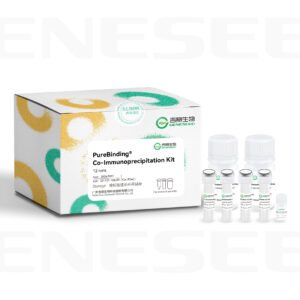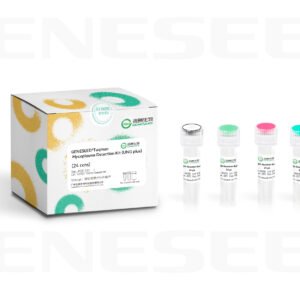The T7 High-Temperature, High-Yield RNA Synthesis Kit enables in vitro transcription at an elevated temperature of 50°C. Using linear double-stranded DNA containing a T7 promoter sequence as the template and NTPs as substrates, it transcribes the DNA sequence downstream of the promoter to produce RNA products. The T7 High-Temperature, High-Yield RNA Synthesis Kit can also use modified nucleosides as substrates to obtain biotin-, dye-, or radio-labeled RNA, and can produce capped RNA when cap structures or cap analogs are used as substrates. High-temperature reactions help reduce the formation of dsRNA byproducts and decrease the immunogenicity of the transcribed RNA products.
This kit contains commonly used modified nucleosidesN1-Me-pUTP for selection and use in transcription needs.
Performance Advantages
This kit can transcribe 150–200 μg of RNA product per reaction and can be scaled up to produce milligram quantities of RNA.
Downstream Applications
The transcribed RNA can be used for RNA structure and function studies, RNase protection, probe hybridization, antisense RNA and RNAi applications, and can be capped and tailed to produce mRNA for in vitro translation, transfection, and other downstream applications.
Shipping and Storage
Transport at ≤0℃; can be stored for one year under -25℃ to -15℃ conditions.
Case Analysis
High thermal stability:
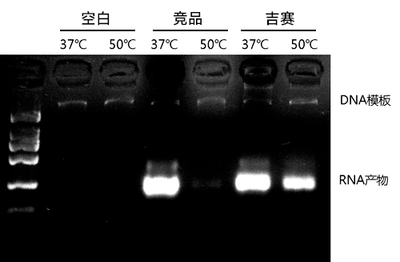
GSPure®T7 Thermostable and High Yield RNA Synthesis Kit remains active and efficiently transcribes at 50°C.
Wide transcription length range:
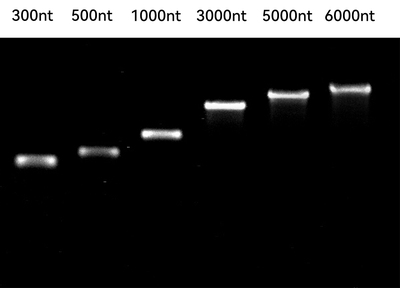
GSPure®T7 Thermostable and High Yield RNA Synthesis Kit maintains excellent transcription performance when synthesizing transcripts of 300–6000 nt in length.
High transcription yield:
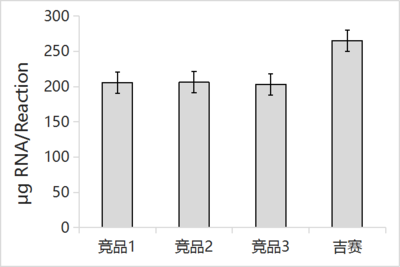
In a 30 μL reaction of the GSPure® T7 Thermostable and High Yield RNA Synthesis Kit, 1 μg of DNA template can produce 250–300 μg of RNA.
Q & A
1. Low yield of transcription product or transcription failure
① It may be due to the template itself; it is recommended to repurify or relinearize the template;
② Reconfirm the template quantification and integrity;
③ Increase the amount of template input;
2. Smearing/tailing of the product on electrophoresis
① Experimental procedure contaminated by RNase; ② DNA template contaminated by RNase;
3. RNA product fragments inconsistent with expectations
① Plasmid template not completely linearized;
② RNA contains incompletely denatured secondary structures; it is recommended to use denaturing gel to analyze the RNA product;
③ The template has a high GC content, which may form higher-order structures;
④ RNase contamination;
⑤ The template sequence contains motifs similar to the T7 RNA polymerase termination sequence, causing premature termination of transcription; it is recommended to try a different RNA polymerase.
Download
GISAi Bio GSPure® T7 Thermostable and High Yield RNA Synthesis Kit Cat. No. R0405.pdf


